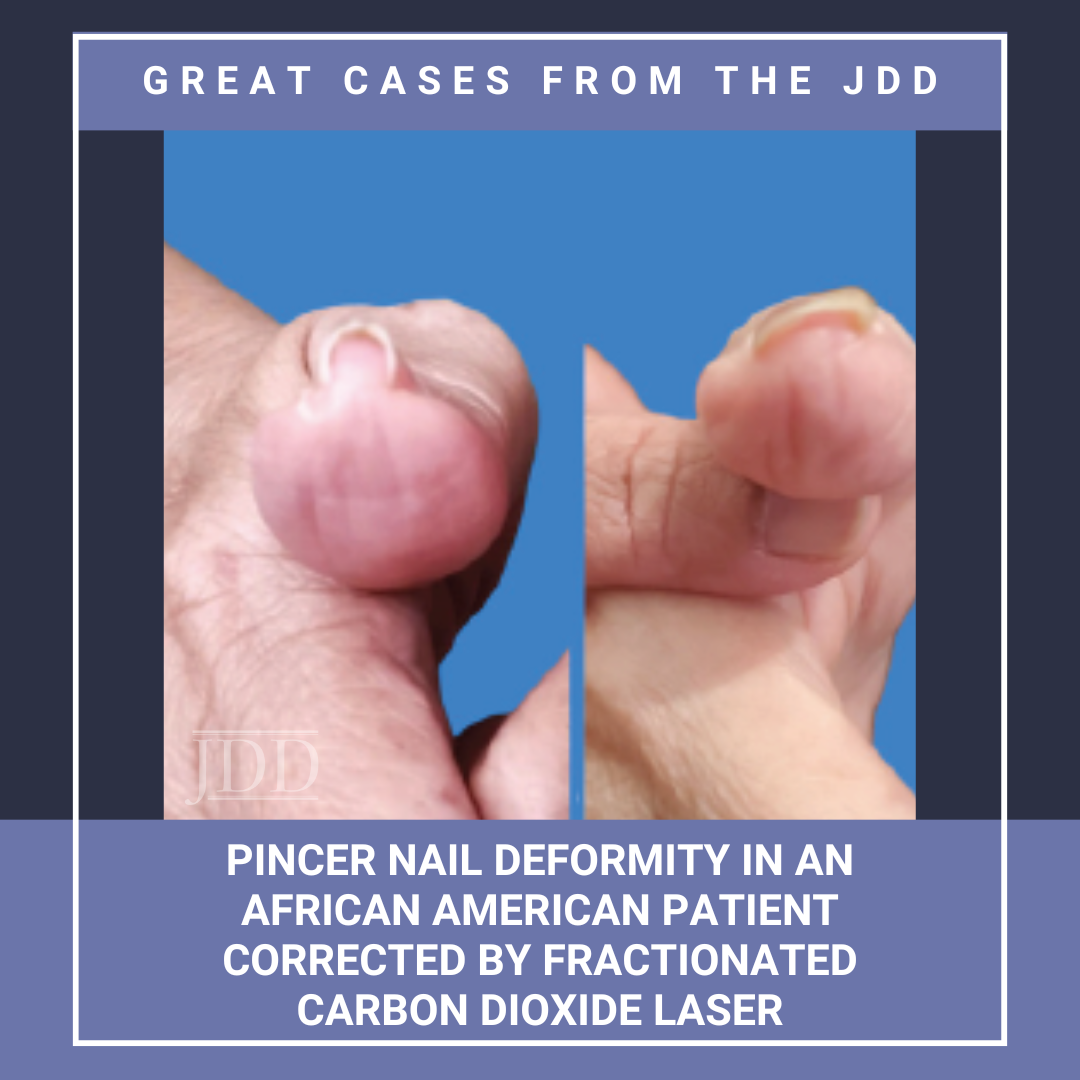Hack the JAKs: Pragmatic Pearls for Pediatric Patients
 JAK inhibitors have rapidly moved from investigational agents to important therapeutic options in pediatric dermatology, offering powerful control for conditions such as atopic dermatitis and alopecia areata. Yet their rising use brings practical clinical questions about patient selection, dosing, monitoring, and long‑term safety—questions that are especially urgent when treating children, who …
JAK inhibitors have rapidly moved from investigational agents to important therapeutic options in pediatric dermatology, offering powerful control for conditions such as atopic dermatitis and alopecia areata. Yet their rising use brings practical clinical questions about patient selection, dosing, monitoring, and long‑term safety—questions that are especially urgent when treating children, who …
 JAK inhibitors have rapidly moved from investigational agents to important therapeutic options in pediatric dermatology, offering powerful control for conditions such as atopic dermatitis and alopecia areata. Yet their rising use brings practical clinical questions about patient selection, dosing, monitoring, and long‑term safety—questions that are especially urgent when treating children, who …
JAK inhibitors have rapidly moved from investigational agents to important therapeutic options in pediatric dermatology, offering powerful control for conditions such as atopic dermatitis and alopecia areata. Yet their rising use brings practical clinical questions about patient selection, dosing, monitoring, and long‑term safety—questions that are especially urgent when treating children, who … Continue reading "Hack the JAKs: Pragmatic Pearls for Pediatric Patients"









 The need for new ways to establish mentorship connections and encourage disadvantaged groups in dermatology led to the creation of the National Mentorship Match Algorithm or NMMA, a unique program started by dermatology resident Dr. Surya Veerabagu while she was in medical school. NMMA uses a proprietary algorithm to match medical students with dermatologists and dermatology residents based on sha …
The need for new ways to establish mentorship connections and encourage disadvantaged groups in dermatology led to the creation of the National Mentorship Match Algorithm or NMMA, a unique program started by dermatology resident Dr. Surya Veerabagu while she was in medical school. NMMA uses a proprietary algorithm to match medical students with dermatologists and dermatology residents based on sha …  What is the most common associated mutation with the condition shown here?
A. HGD
B. HFE
C. COL1A1
D. GNAQ
E. POMC
To find out the correct answer and read the explanation, click here.
Brought to you by our brand partner
*Brand partners had no involvement in the content of the questions or …
What is the most common associated mutation with the condition shown here?
A. HGD
B. HFE
C. COL1A1
D. GNAQ
E. POMC
To find out the correct answer and read the explanation, click here.
Brought to you by our brand partner
*Brand partners had no involvement in the content of the questions or …  Knowing when and how to treat surgical scars is key in positive outcomes after dermatologic surgery. Next Steps in Derm, in partnership with the ODAC Dermatology Conference, interviewed Dr. C. William Hanke, a dermatologic surgeon in Indianapolis. Watch as Dr. Hanke outlines how good surgical technique can help prevent scars. Learn the different options in the surgical scar tool kit. Find out whic …
Knowing when and how to treat surgical scars is key in positive outcomes after dermatologic surgery. Next Steps in Derm, in partnership with the ODAC Dermatology Conference, interviewed Dr. C. William Hanke, a dermatologic surgeon in Indianapolis. Watch as Dr. Hanke outlines how good surgical technique can help prevent scars. Learn the different options in the surgical scar tool kit. Find out whic …  Introduction
Pincer nail deformity is a painful nail condition characterized by excessive transverse curvature of the nail plate that pinches the surrounding tissue.1 This condition primarily involves the toenail of the hallux and is more frequently observed in older individuals.1 Management of a pincer nail typically involves nail braces or surgical removal.1 These managements usually fall sh …
Introduction
Pincer nail deformity is a painful nail condition characterized by excessive transverse curvature of the nail plate that pinches the surrounding tissue.1 This condition primarily involves the toenail of the hallux and is more frequently observed in older individuals.1 Management of a pincer nail typically involves nail braces or surgical removal.1 These managements usually fall sh …